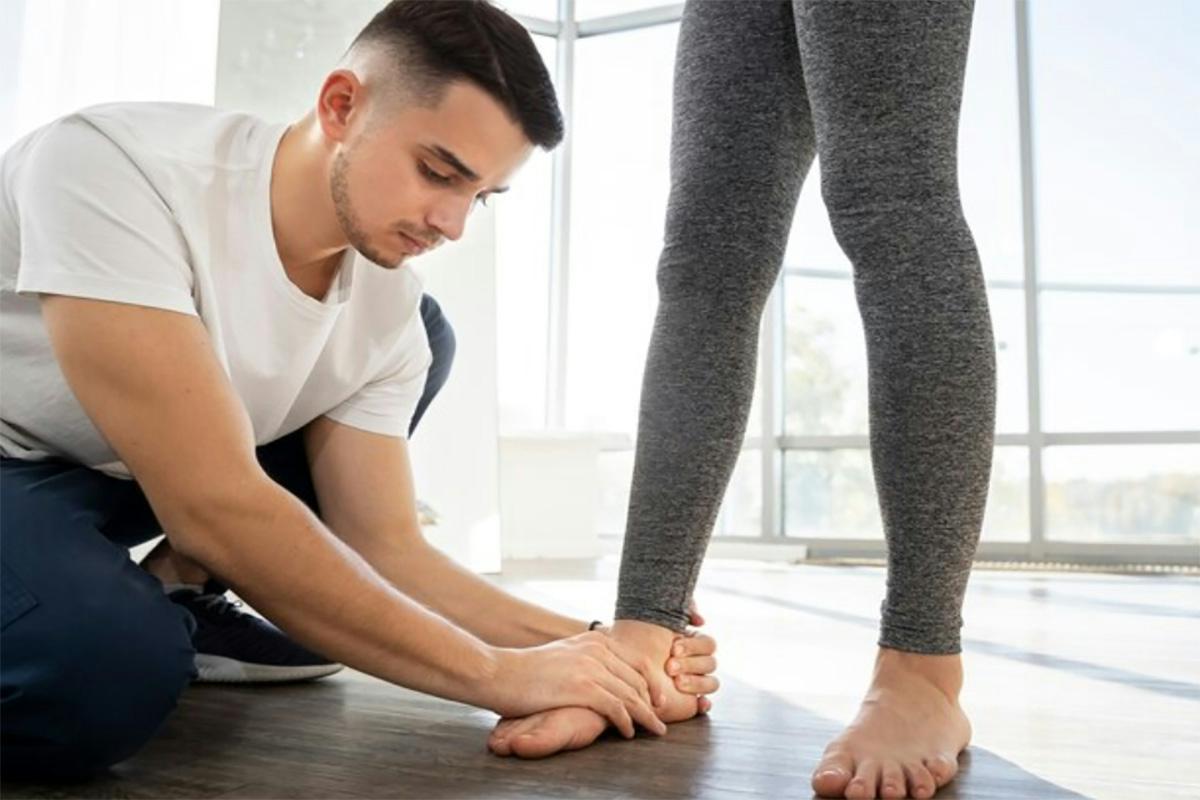Introduction
Foot pain can be a debilitating condition, affecting your mobility and overall quality of life. Fortunately, there are various effective therapies available that can provide relief and improve your foot health. In this comprehensive guide, we will explore different therapies for foot pain, ranging from physical therapy to alternative treatments. Understanding these therapies empowers you to make informed decisions about your care, ensuring you can walk pain-free once again.
Physical Therapy for Foot Pain
1. Customized Exercise Programs:
- Discuss how physical therapists design personalized exercise programs targeting specific muscles and joints in the feet. These exercises improve strength, flexibility, and overall foot mechanics, addressing the root causes of pain.
2. Manual Therapy Techniques:
- Explore manual therapy techniques like massage, joint mobilization, and stretching, used by physical therapists to reduce muscle tension, improve circulation, and enhance joint mobility in the feet. These techniques aid in pain relief and relaxation.
3. Gait Analysis and Correction:
- Explain how physical therapists conduct gait analysis to identify abnormal walking patterns contributing to foot pain. By correcting these patterns through exercises and orthotic recommendations, therapists restore natural foot mechanics, alleviating pain.
Orthopedic Interventions
1. Orthotic Inserts:
- Discuss the role of orthotic inserts in providing arch support, cushioning, and alignment to the feet. Custom-made orthotics distribute pressure evenly, reducing strain on specific areas and promoting proper foot posture.
2. Night Splints:
- Explain how night splints maintain the feet in a dorsiflexed position overnight, stretching the plantar fascia and Achilles tendon. This gentle stretching can alleviate morning pain and stiffness associated with conditions like plantar fasciitis.
Alternative Therapies
1. Acupuncture:
- Explore how acupuncture, an ancient Chinese therapy, involves inserting thin needles into specific points on the body. For foot pain, acupuncture can stimulate natural pain-relieving mechanisms and improve circulation, reducing discomfort.
2. Massage Therapy:
- Discuss the benefits of massage therapy in relieving muscle tension, improving circulation, and promoting relaxation. By focusing on the feet, massage therapists can reduce pain and improve overall foot function.
Medical Interventions

1. Corticosteroid Injections:
- Explain how corticosteroid injections can reduce inflammation and alleviate pain in conditions like plantar fasciitis. Discuss the benefits and potential risks associated with this medical intervention.
2. Physical Medicine and Rehabilitation (PM&R) Specialists:
- Introduce PM&R specialists, medical doctors who focus on physical medicine and rehabilitation. These specialists develop comprehensive treatment plans for chronic pain conditions, including foot pain, often incorporating physical therapy into their approach.
Self-Care and Prevention
1. Foot Care at Home:
- Provide practical self-care tips, such as proper footwear, foot exercises, and rest, that individuals can incorporate into their daily routines to manage and prevent foot pain.
2. Regular Exercise and Stretching:
- Emphasize the importance of regular foot exercises and stretches, even for individuals without foot pain. Strengthening and stretching the feet can enhance their resilience and reduce the risk of future pain.
Conclusion – Your Journey to Pain-Free Feet
Empowering You for Lasting Relief
Foot pain doesn’t have to control your life. With the right therapies and expert guidance, you can regain pain-free mobility and enjoy the activities you love. Whether it’s physical therapy, orthopedic interventions, or alternative therapies, there are numerous options available to address your specific foot pain concerns. At OrMobility Physical Therapy & Performance, we specialize in providing comprehensive physical therapy solutions tailored to your unique needs.
If you’re ready to take the first step toward pain-free feet, don’t hesitate to schedule a consultation with us today. Let us be your partners in your journey to lasting relief and a future of comfortable, unrestricted movement.
Contact us now to schedule your consultation and take the first step toward a pain-free, more active life.
OrMobility Physical Therapy & Performance



